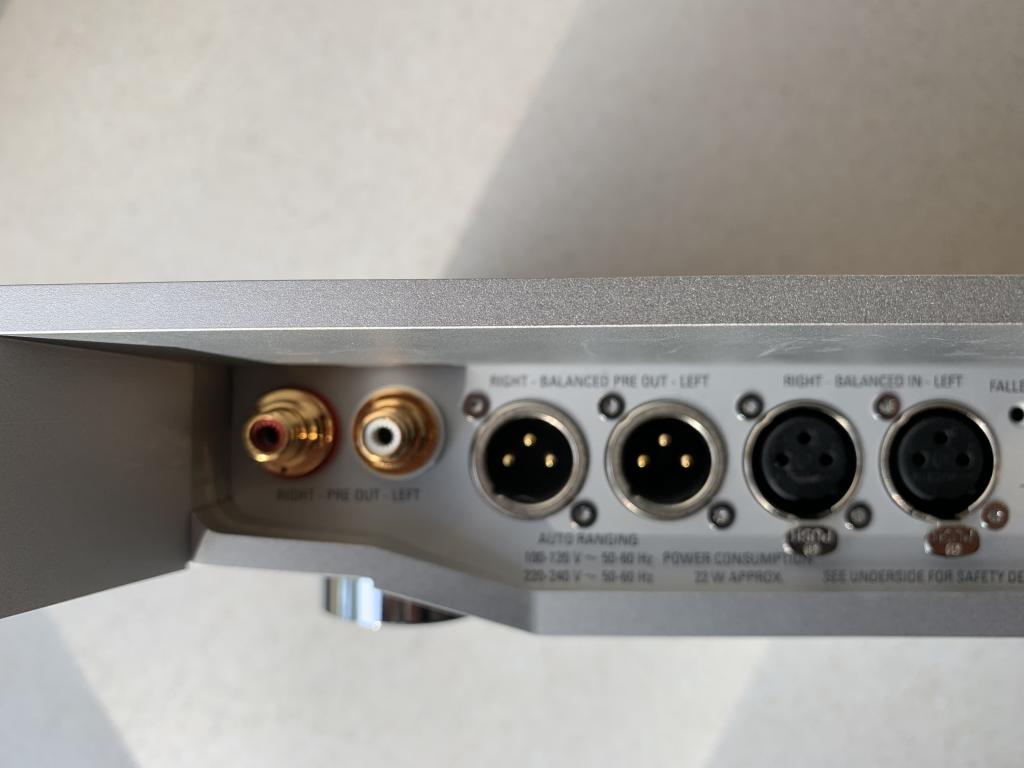

All had their internals hidden inside a wooden plinth, a sprung subchassis and an AC motor driving an alloy inner platter by a flat rubber belt. Like other decks of its day, the original Linn was clearly a variation on this theme, but you could go even further back and reference the original 1961 Acoustic Research X1 too. In truth, there were a number of products that it had much in common with, particularly the Thorens TD150 launched back in 1965. Sondek critics always argued that there was nothing new about its design when it came out in 1973, pointing out its close visual similarity to other decks around at the time. Also, earlier LP12s were not famous for their stereo imaging prowess, although this has been steadily improved over the years to the point where it’s now very good indeed. Yet even then, these decks were highly enjoyable to listen to, with a romantic and beguiling sound.

Early versions were criticised for their rather fat, pendulous bass and overly warm tonality. Many British hi-fi writers of that era seemed to think the Sondek was beyond criticism, but it did have downsides. Yet when properly set up and with the right ancillaries, it was capable of truly excellent sound. It was, of course, flawed like everything else, and its detractors loved to dwell on its foibles. It was a kind of hi-fi version of a naval flagship, embodying everything about a particular approach to playing recorded music.

That’s why the Linn LP12 became more than just a turntable.

Our beloved LP record was facing extinction from a new-fangled digital format that – at the time – we thought sounded inferior, so we were happy to have him beside us in the trenches. Still, Ivor was a warrior for the analogue cause just when vinylistas such as myself needed him most. I would suggest that some of the latter were jealous of his obvious flair for communication – although it’s fair to say that subtlety was not his strong point, and he did rile some people. A smart and erudite guy who wasn’t exactly lacking in self-belief, he made many friends and enemies along the way. This was at least in part due to Linn’s charismatic founder, Ivor Tiefenbrun. Its detractors said the “magic” was working in a different way, and that it wasn’t much better than a mid-market Technics SL-150 if you didn’t believe the hype.Īll the squabbling in the hi-fi press generated more heat than light, while the LP12 continued to sell in surprisingly large numbers for a high-end deck. Many writers in the British hi-fi press seemed entranced – here was apparently the only “musical” turntable that money could buy, they said, and nothing else around could match its “magic”. In the UK and beyond, the Sondek was a ‘Marmite’ product that you loved or loathed. From around 1978 to about 1988, the LP12 became so popular that some even described its devotees as cultists. Some of us old soldiers and sailors – metaphorically speaking – remember that time well. It wasn’t just the people who thought direct drive was better than belt drive who had entrenched positions, but also many who agreed that belt drive sounded better – and either loved or hated the Linn. Things weren’t quite as simple as that, however, because Team Analogue was divided over which turntable was the best – and here, the rather innocuous and conservative looking LP12 absolutely polarised opinion. On the opposing team were a plethora of Japanese and European CD players, claiming “pure, perfect sound forever”, with flashy displays, handy remote controls and vast marketing budgets behind them. The Linn Sondek LP12 was one of the capital ships on the analogue side, a powerful symbol of what was possible using the tried-and-trusted microgroove LP – first launched in 1948. In those dark days of the Cold War, the hi-fi world was having its own stand-off between the venerable vinyl LP and the new-fangled Compact Disc format. Yet forty or so years ago – in the early nineteen eighties – the battle was drawn on a far grander scale, and at the forefront was the turntable you see here… To get an idea of how niche hi-fi has become these days, probably the most controversial thing that audiophiles are currently arguing about is TIDAL’s decision to offer MQA as part of its hi-res package.


 0 kommentar(er)
0 kommentar(er)
